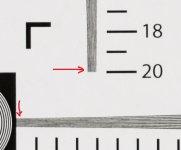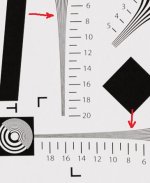When to use teleconverter and when not to? The easy answer is "it depends." Some people claim that a teleconverter destroys lens resolution and that cropping an image instead is often the better option. Some say that adding a good quality teleconverter is often better than cropping. Which is true? Is it testable, or do we have to trust purely on opinions, often opinions based on gut feeling?
Teleconverter is not a good idea when there's not enough light. Adding a TC will cause slower shutter speeds and higher ISO, and in dimming light that will mean camera shake and noise. Also when the lens itself is soft and slow a teleconverter will do no good, remeber the old adage "garbage in, garbage out."
And if adding a TC will hamper autofocus performance, a TC is usually not a good idea.
And as personal opinions (for what they are worth) I don't like teleconverters on zoom lenses and I'd never use one on a lens slower that f/2.8. But YMMV, as I said that's my personal opinion and choice, and yours may be different.
But when the lens is sharp to begin with, it is easy to prove that Nikon's new teleconverters are wickedly sharp. I shot three samples, one with a naked lens, one with a TC-20E III, and one with a ridiculous concoction... TC-34E aka stacked teleconverters.
In the samples below we can see that the 3.4x TC-34E delivers almost 3x the resolution of the naked lens. No cropping and enlarging will ever be able to catch up.
No teleconverter
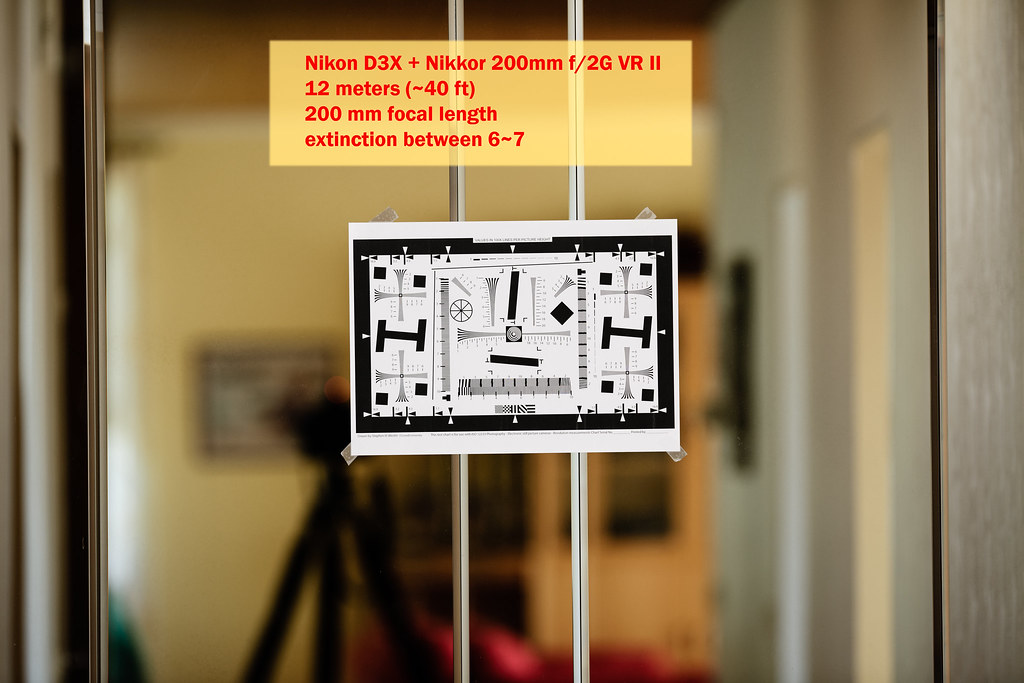
Nikon TC-20E III

Stacked Nikon TC-20E III + TC-17E II aka TC-34E

Here is the gear
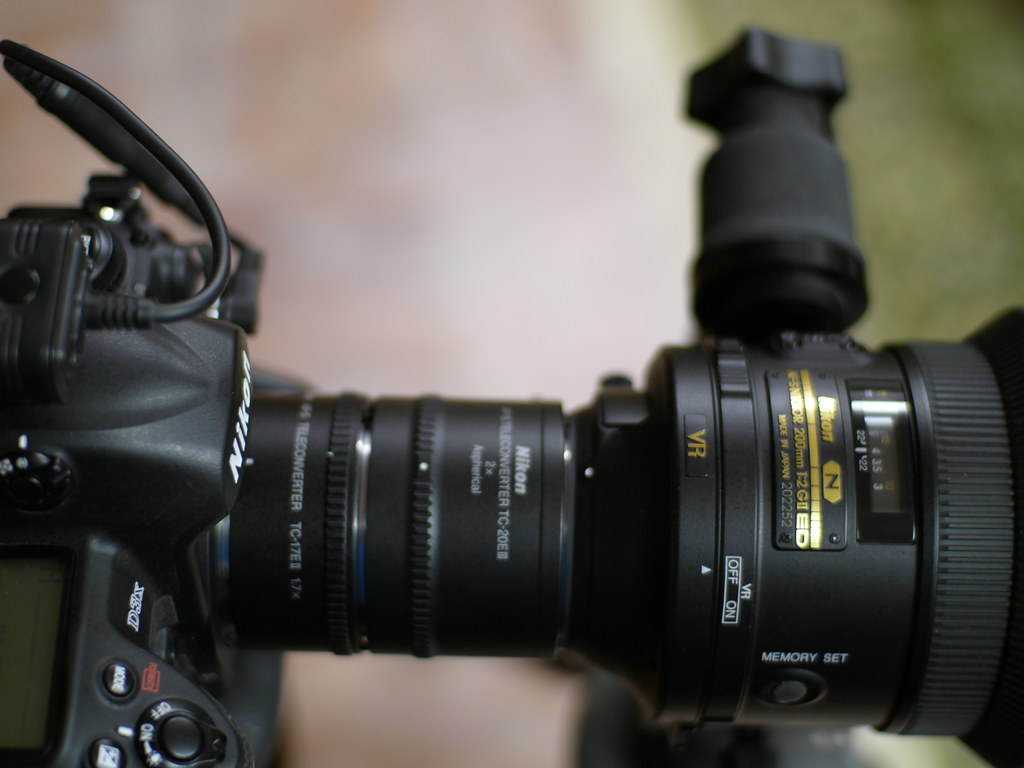
Here is the center part of the ISO 12233 chart. Find where the 9 black and 8 white lines are no longer distinguishable. That's the extinction resolution.
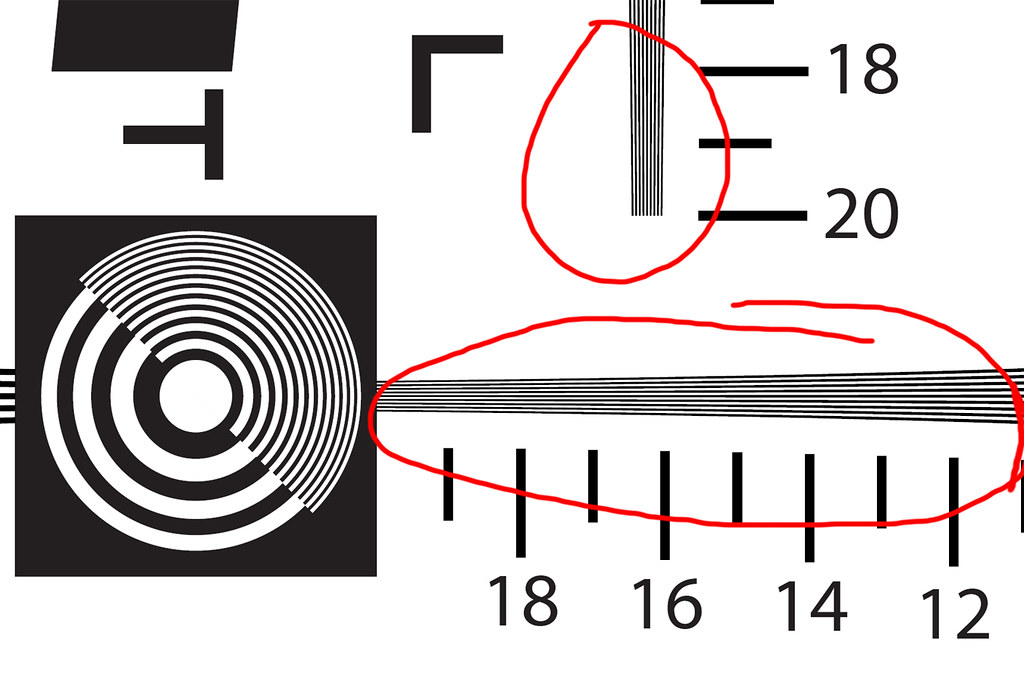
Here are the links to the original full-size images:
https://www.flickr.com/photos/34628704@N08/32993170764/sizes/o/
https://www.flickr.com/photos/34628704@N08/33707238081/sizes/o/
https://www.flickr.com/photos/34628704@N08/32993169904/sizes/o/
Teleconverter is not a good idea when there's not enough light. Adding a TC will cause slower shutter speeds and higher ISO, and in dimming light that will mean camera shake and noise. Also when the lens itself is soft and slow a teleconverter will do no good, remeber the old adage "garbage in, garbage out."
And if adding a TC will hamper autofocus performance, a TC is usually not a good idea.
And as personal opinions (for what they are worth) I don't like teleconverters on zoom lenses and I'd never use one on a lens slower that f/2.8. But YMMV, as I said that's my personal opinion and choice, and yours may be different.
But when the lens is sharp to begin with, it is easy to prove that Nikon's new teleconverters are wickedly sharp. I shot three samples, one with a naked lens, one with a TC-20E III, and one with a ridiculous concoction... TC-34E aka stacked teleconverters.
In the samples below we can see that the 3.4x TC-34E delivers almost 3x the resolution of the naked lens. No cropping and enlarging will ever be able to catch up.
No teleconverter

Nikon TC-20E III

Stacked Nikon TC-20E III + TC-17E II aka TC-34E

Here is the gear

Here is the center part of the ISO 12233 chart. Find where the 9 black and 8 white lines are no longer distinguishable. That's the extinction resolution.

Here are the links to the original full-size images:
https://www.flickr.com/photos/34628704@N08/32993170764/sizes/o/
https://www.flickr.com/photos/34628704@N08/33707238081/sizes/o/
https://www.flickr.com/photos/34628704@N08/32993169904/sizes/o/

